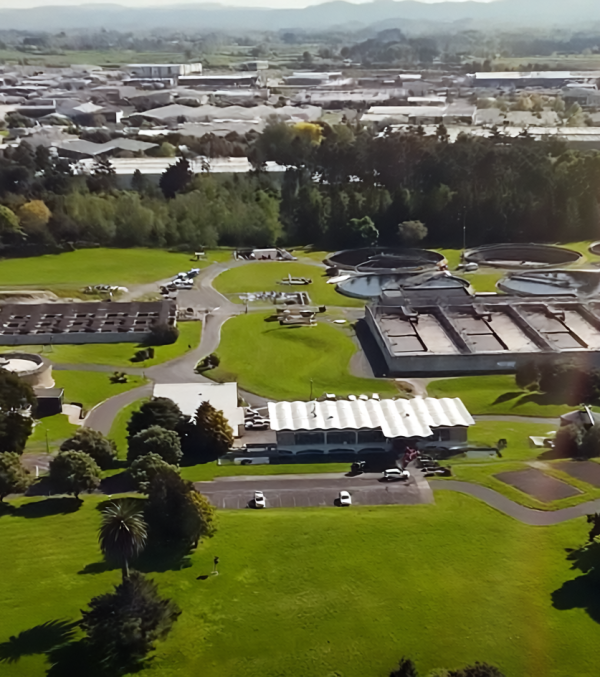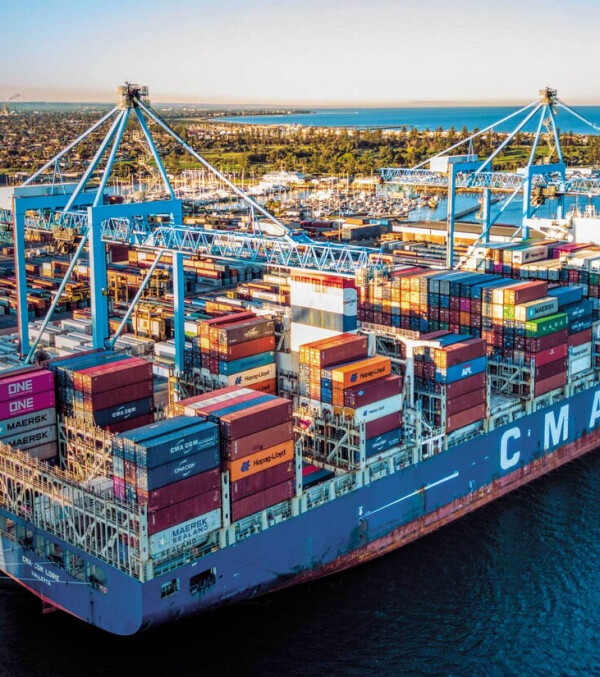|
Customer: Transit NZ (NZ Transport Agency) Contract type: Design & Construct Location: Waikato, New Zealand
|
Fast Facts
|
The McConnell Dowell team, in Joint Venture, successfully delivered this challenging D&C contract for Stage 4 of the Mercer to Longswamp Four Laning Project. The project forms part of the Waikato Expressway connecting Auckland to central Waikato.
Works involved 10 km of four lane highway including four bridges, significant earthworks, retaining walls, pavement surfacing, and lighting.
The Challenge
Construction was undertaken in a highly trafficked environment with over 25,000 vehicles passing through the site daily. Constrained by the Waikato River, SH1, and the North Island Main Trunk (NIMT) railway, the project required meticulous planning and programming of work packages. Key project challenges included:
- Complex alignments requiring construction on both vertical and horizontal curves
- Complex service relocations, including NIMT cabling and signalling relocation, temporary and permanent road crossings, and Telecom fibre optic and power lines
- Difficult geotechnical conditions with swampy soils.
The Solution
Our team influenced significant design development post contract award to improve constructability outcomes and accelerate the programme. In collaboration with Transit NZ, the McConnell Dowell team developed solutions to overcome unforeseen soil conditions in the area. We worked with our consultants, BBO, to modify retaining walls and bridge design to address instability when a slip plane was uncovered during construction. Redesign of the main shear keys, initiated by the construction team, resulted in savings of $500k. The team also devised a unique design to maximise concrete pour sizes. The project included a New Zealand first with construction of a weathering steel plate bridge bringing significant whole-of-life benefits.
Stakeholder Management
The project’s high profile location on SH1 and proximity to two villages meant effective stakeholder management was essential. The project team developed a partnering charter and held regular meetings with community groups, including local residents, police and service providers, to keep them fully informed of project progress. The team supported the community thorough local employment and assistance with community projects and initiatives. Stringent controls kept noise and dust nuisance to a minimum.
Key to Success
The project’s high profile location on SH1 and proximity to two villages meant extensive stakeholder management was essential. A partnering charter was developed and regular meetings ensured local residents, police and other services were fully informed. Stringent controls kept noise and dust nuisance to a minimum and the works supported the community thorough local employment and assistance with community projects and initiatives.





